Comedonal acne presents as many small papules, the same color as the surrounding skin, that make the skin appear bumpy. Types include whiteheads or closed comedones, blackheads, and open comedones.
The appearance of comedonal acne is different from that of inflammatory acne. Comedonal acne involves blackheads and whiteheads rather than pimples.
While this form can develop in anyone, it is
This article describes how to identify comedones. It also discusses their types, causes, and treatment options.
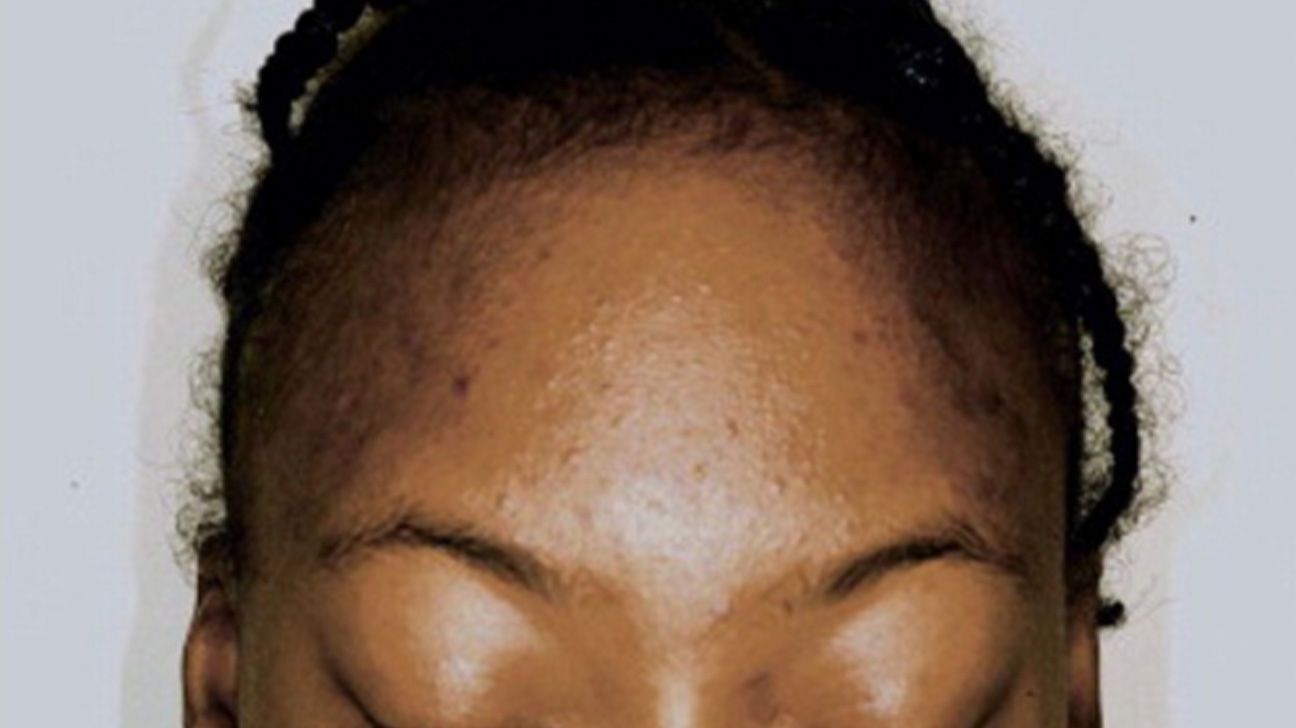
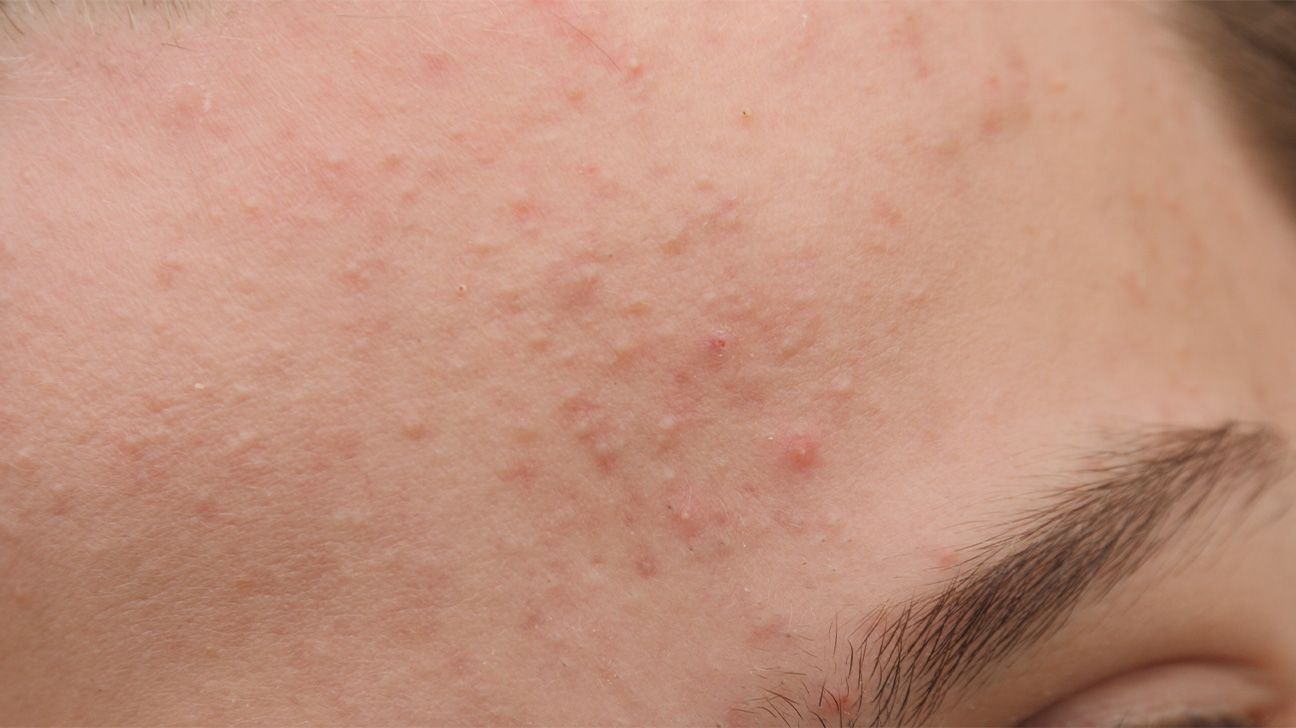
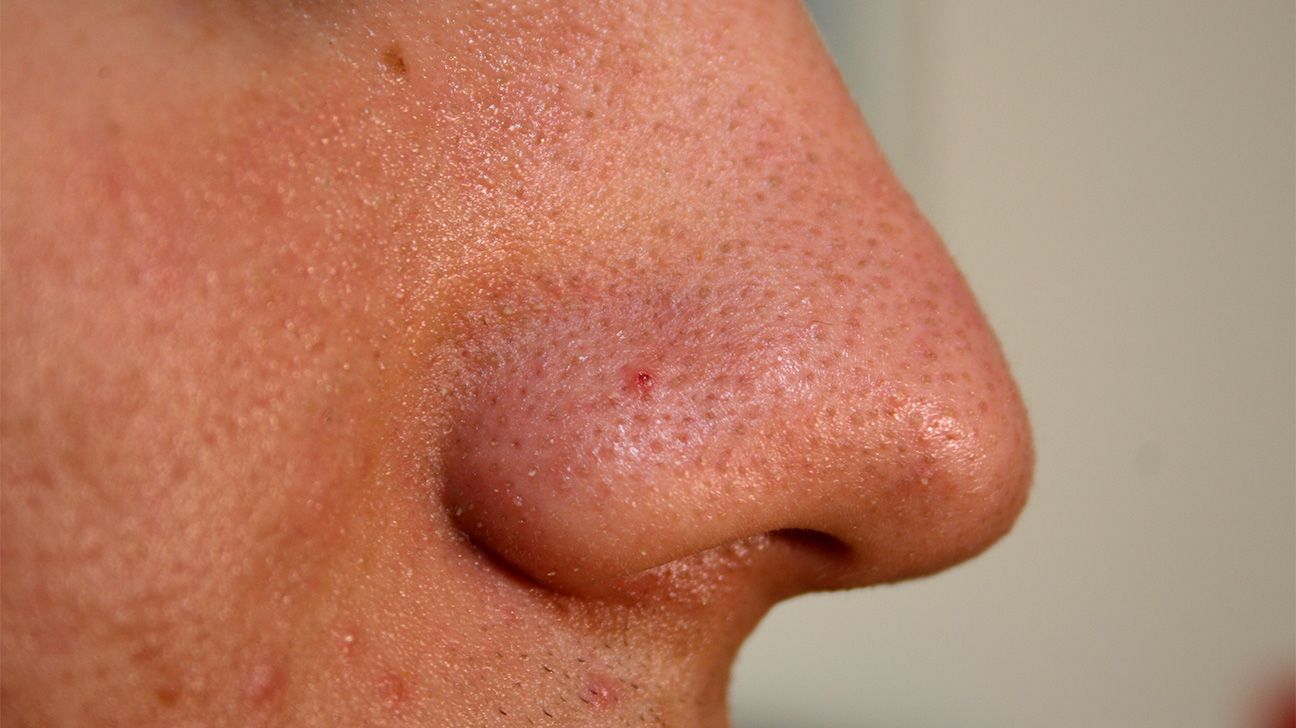
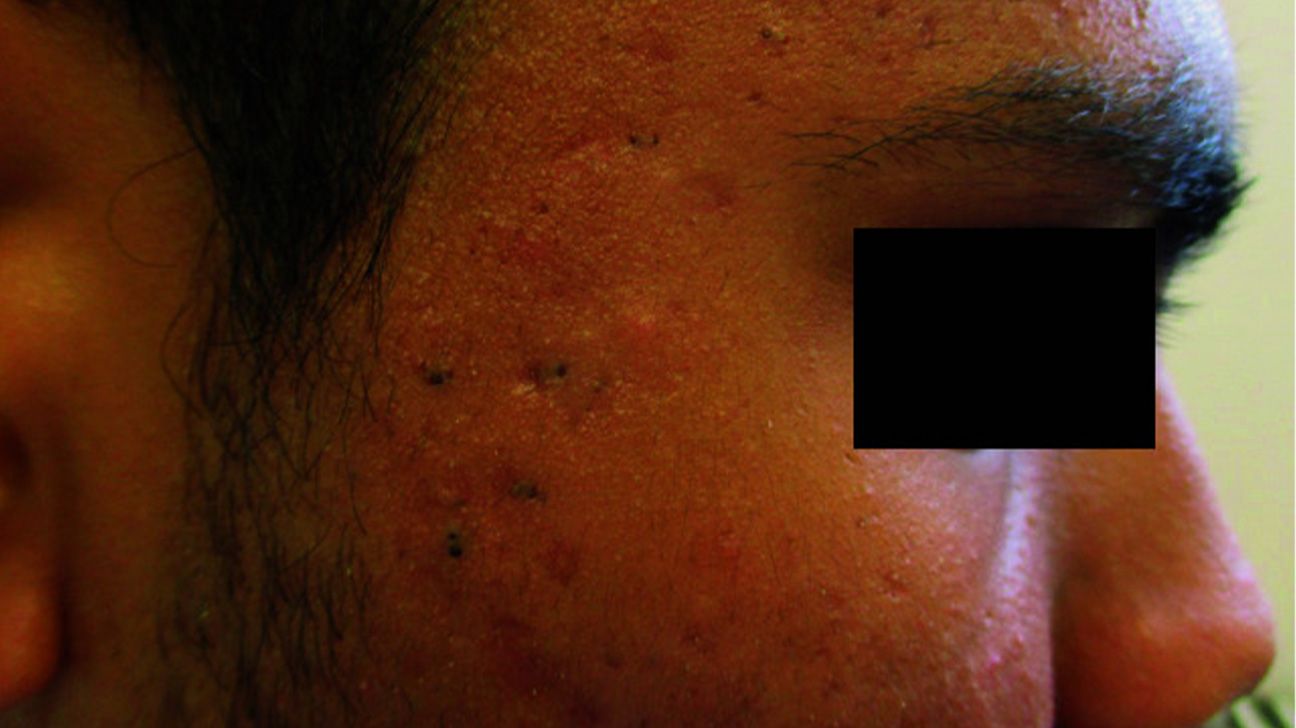
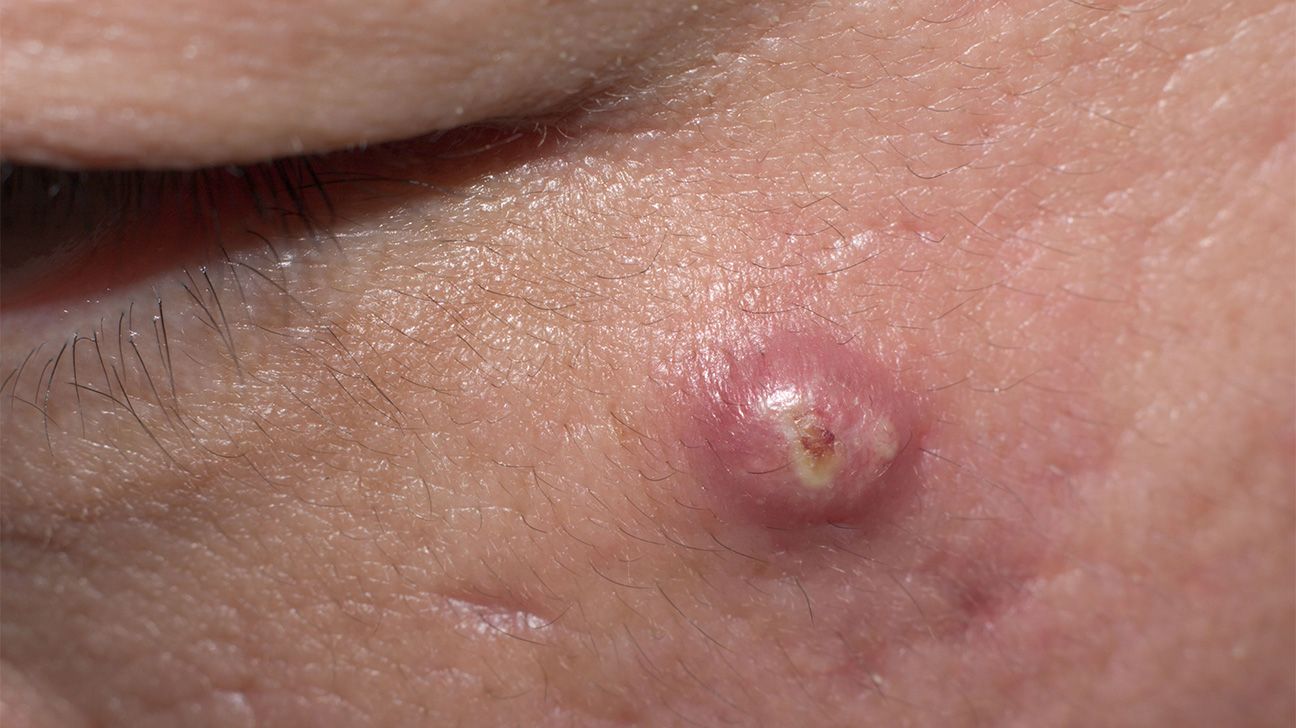
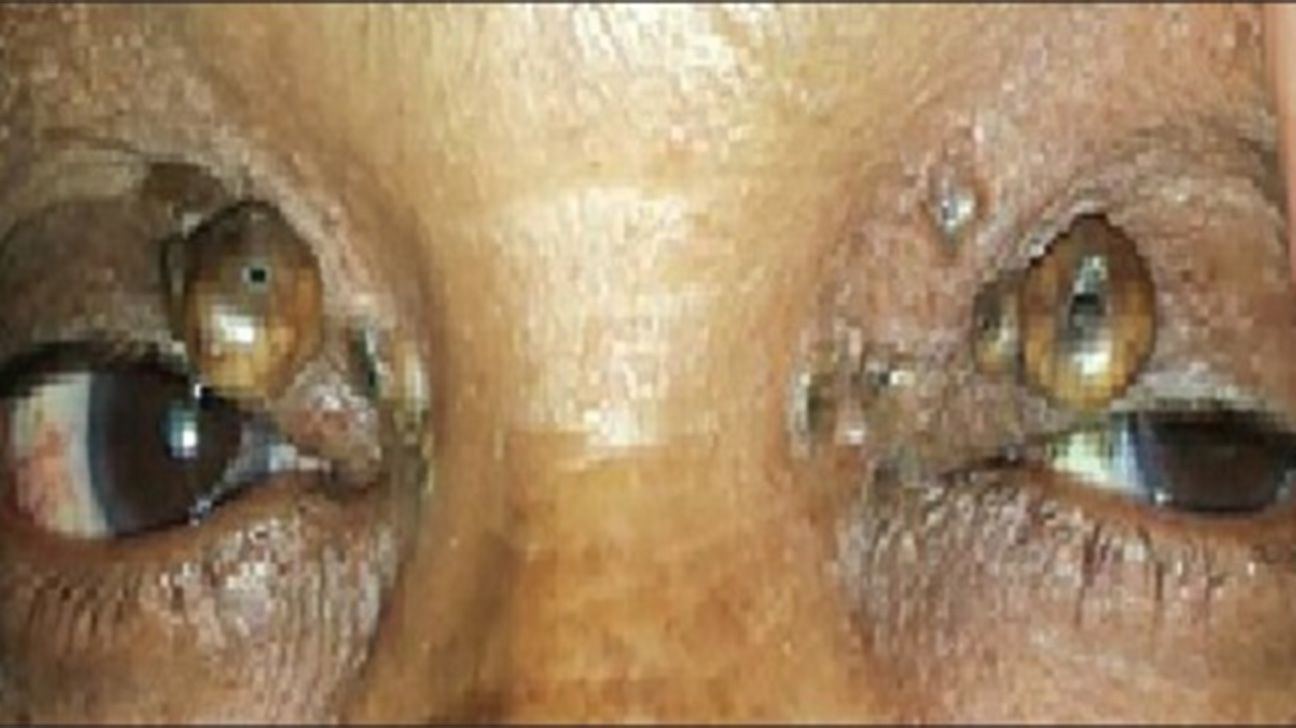
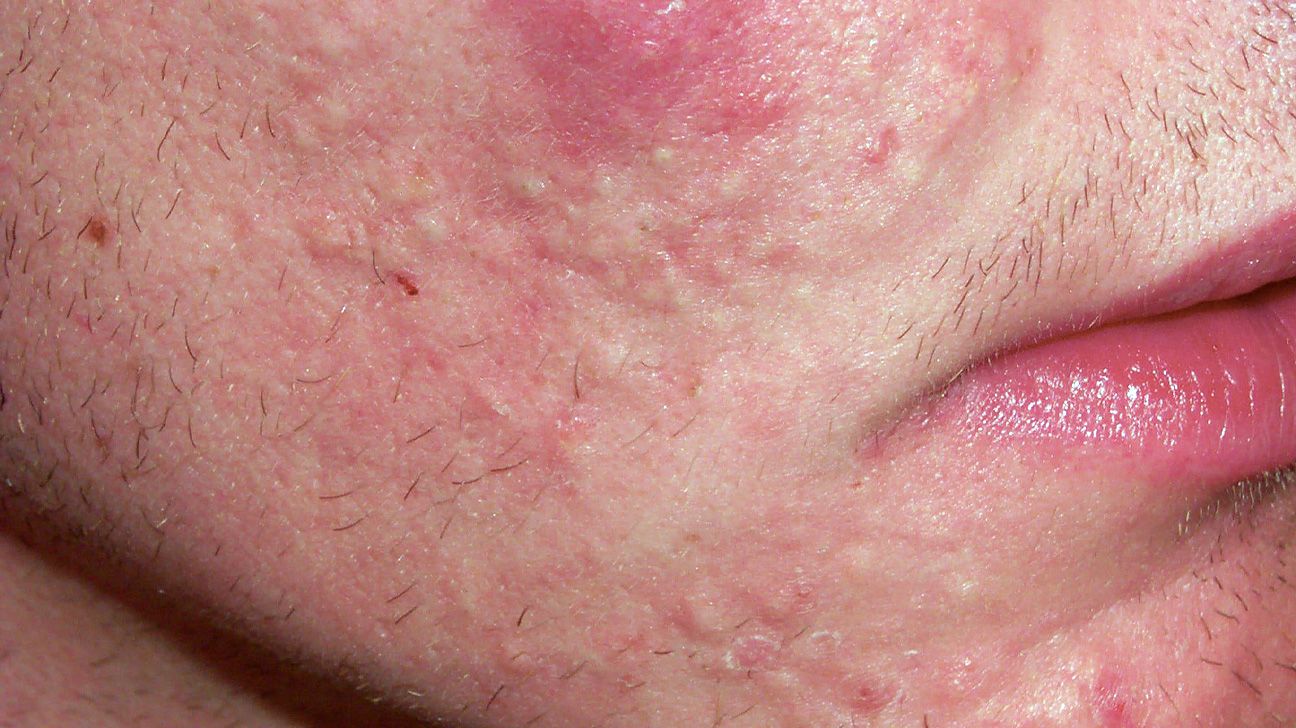
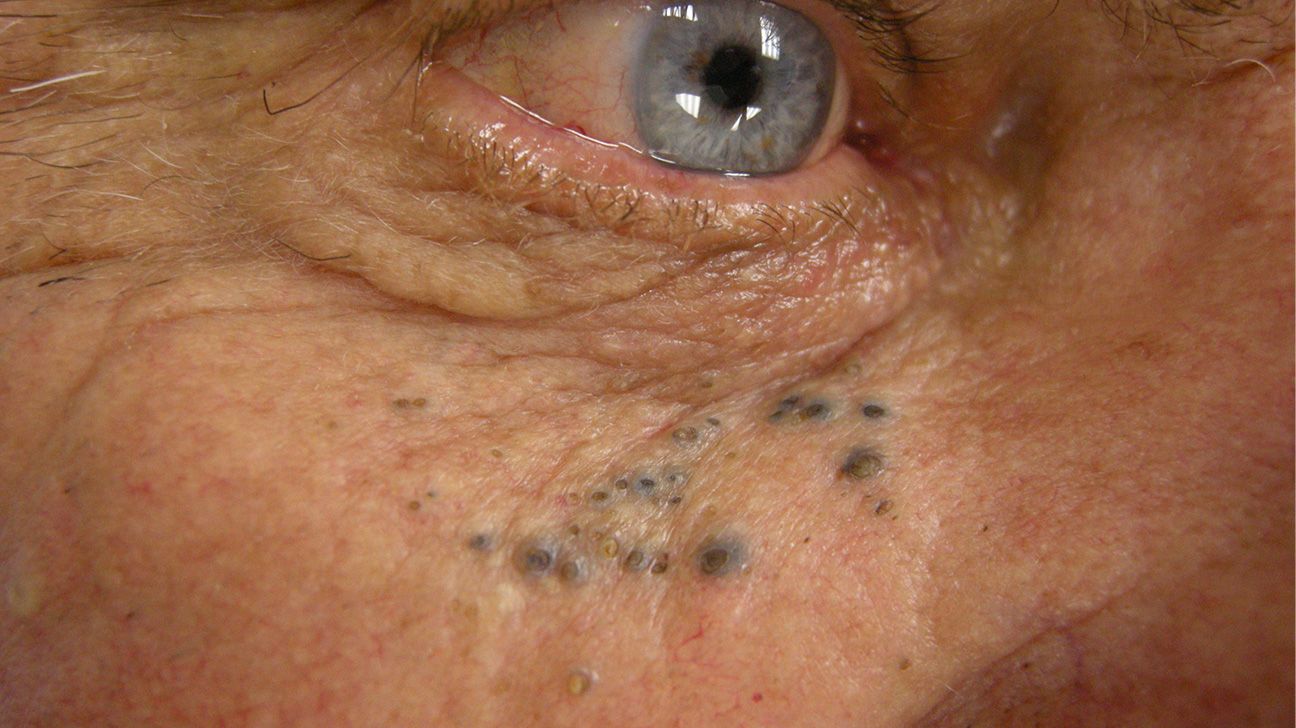
Comedonal acne causes many small bumps to form close to the surface of the skin. According to an older 2014 article, types of these bumps include:
- Whiteheads: Also known as closed comedones, these form because a hair follicle is completely blocked.
- Blackheads: Also called open comedones, these are the result of surface pigments collecting in the pores, forming dark dots on the skin. Some people mistake these dots for dirt.
- Giant comedones: These are a type of cyst. A giant comedone is a large lesion with a blackhead-like opening.
- Macrocomedones: These closed comedones are larger than 2 to 3 millimeters (mm) across.
- Microcomedones: These extremely small comedones are usually not visible.
- Solar comedones: These typically result from sun damage and usually form in older adults, primarily on the cheeks.
Comedonal acne is noninflammatory. The lesions do not usually contain pus or the bacteria that can cause acne. They also typically neither cause skin redness or other discoloration nor are tender to the touch.
A person with comedonal acne may have more than one type of comedone at a time. Meanwhile, depending on their skin tone, people with inflammatory acne can also have comedones, in addition to larger red or discolored and tender blemishes.
Comedonal acne also differs from other types because its lesions tend to be small. For example, nodular and nodulocystic forms of acne can cause larger, tender, fluid-filled lesions to form.
Doctors usually consider comedonal acne to be a mild to moderate form of the condition, according to an
Comedones form when excess oil and dead skin cells block the oil-producing glands in the skin, according to an older 2014 article. This causes the affected pores to bulge outward, creating the bumps.
Several factors can contribute to the development of comedonal acne. They include:
- skin irritation from contact with oils, dyes, and similar products
- excessive testosterone production, which can increase oil production
- harsh contact with the skin, such as from squeezing pimples, having a chemical peel, or exfoliating roughly
People who smoke are more likely to experience comedonal acne. Dietary factors can also contribute, such as consuming excess milk or sugar.
Treating comedonal acne involves adjusting skin care habits, using medicated creams or gels, and, sometimes, changing the diet.
According to an older 2014 article, skin care routine designed to reduce comedones may involve:
- washing the face twice daily with a mild soap and lukewarm water to avoid irritation
- refraining from using skin or hair care products, including cosmetics, that contain oil
- applying a prescription or over-the-counter (OTC) topical medication daily
A person may need to use a medication for
Various medicated creams and gels can help reduce excess oil and promote skin cell turnover. An effective medication may contain:
- retinoids, such as:
- adapalene
- tretinoin
- tazarotene
- trifarotene
- azelaic acid
- benzoyl peroxide
- salicylic acid
A person will require a prescription for retinoids from a dermatologist or another healthcare professional because they can be more abrasive to the skin.
Unlike inflammatory acne, comedonal acne
Rarely, comedonal acne does not respond to topical treatments. In this case, a doctor may recommend an in-office treatment to close off comedones to help keep them from returning. These treatments include:
- microdermabrasion
- cryotherapy
- electrosurgery
There is some limited evidence that natural remedies can help resolve acne due to their anti-inflammatory, antibacterial, or antioxidant effects.
Popular home remedies for acne involve:
However, before using any new skin treatment or remedy, a person should consult a general practitioner or dermatologist. It is also important to always perform a patch test on a small area of skin to check that the product or remedy does not cause irritation.
Treating comedonal acne may also help prevent it from returning. For example, using topical retinoids can prevent the formation of further comedones, according to an older 2012 article.
After reviewing tolerance to various retinoids, the authors conclude that a person’s skin may respond best to an OTC adapalene gel sold as Differin.
Consistently following a skin care routine that involves washing the face and using gentle, oil-free products can also help prevent future comedone breakouts.
Comedonal acne may involve less skin irritation than other forms of acne, but it can be uncomfortable.
Most doctors recommend medicated creams or gels and a consistent skin care routine to help treat and prevent this type of acne.
A person can consult a dermatologist if acne becomes difficult to treat, especially if an increasing number of papules appear.


